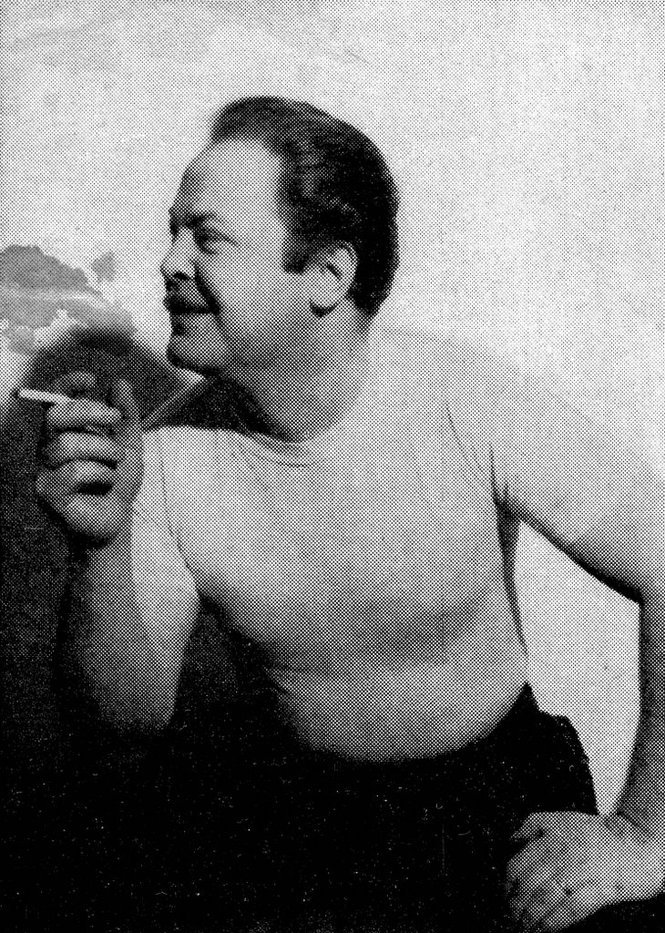
The Call From Beyond
2022
First Published
3.50
Average Rating
28
Number of Pages
Alone, accursed, he set out on the long, dark voyage to the forbidden gateway to worlds beyond life itself—restless forever with an ultimate knowledge, possessing which no man could die!
Avg Rating
3.50
Number of Ratings
24
5 STARS
13%
4 STARS
38%
3 STARS
38%
2 STARS
13%
1 STARS
0%
goodreads
Authors

Clifford D. Simak
Author · 101 books
"He was honored by fans with three Hugo awards and by colleagues with one Nebula award and was named the third Grand Master by the Science Fiction and Fantasy Writers of America (SFWA) in 1977." (Wikipedia) See http://en.wikipedia.org/wiki/Clifford...

Virgil Finlay
Author · 3 books
An American pulp fantasy, science fiction and horror illustrator. While he worked in a range of media, from gouache to oils, Finlay specialized in, and became famous for, detailed pen-and-ink drawings accomplished with abundant stippling, cross-hatching, and scratchboard techniques. Despite the very labor-intensive and time-consuming nature of his specialty, Finlay created more than 2600 works of graphic art in his 35-year career. His father, woodworker Warden Hugh Finlay, died at age 40 in the midst of the Great Depression, leaving his family (widow Ruth and two children, Jean and Virgil) in straitened circumstances. By his high school years, Virgil Finlay exercised his passions for art and poetry, and discovered his lifelong subject matter through the pulp magazines of the era—science fiction, via Amazing Stories (1927), and fantasy and horror, via Weird Tales (1928), beginning to exhibit at the age of 16. By age 21 he was confident enough in his art to send six pieces, unsolicited, to editor Farnsworth Wright at Weird Tales. Once Wright determined that such detailed work would transfer successfully to relatively rough paper the magazine used (they were called "pulps" for a reason), he began buying Finlay's work. Finlay's illustrations debuted in the December 1935 issue of WT, and appeared in a total of 62 issues of the magazine, down to the last issue of the classic pulp in Sept. 1954. He also executed 19 color covers for WT, for issues from Feb. 1937 to March 1953.